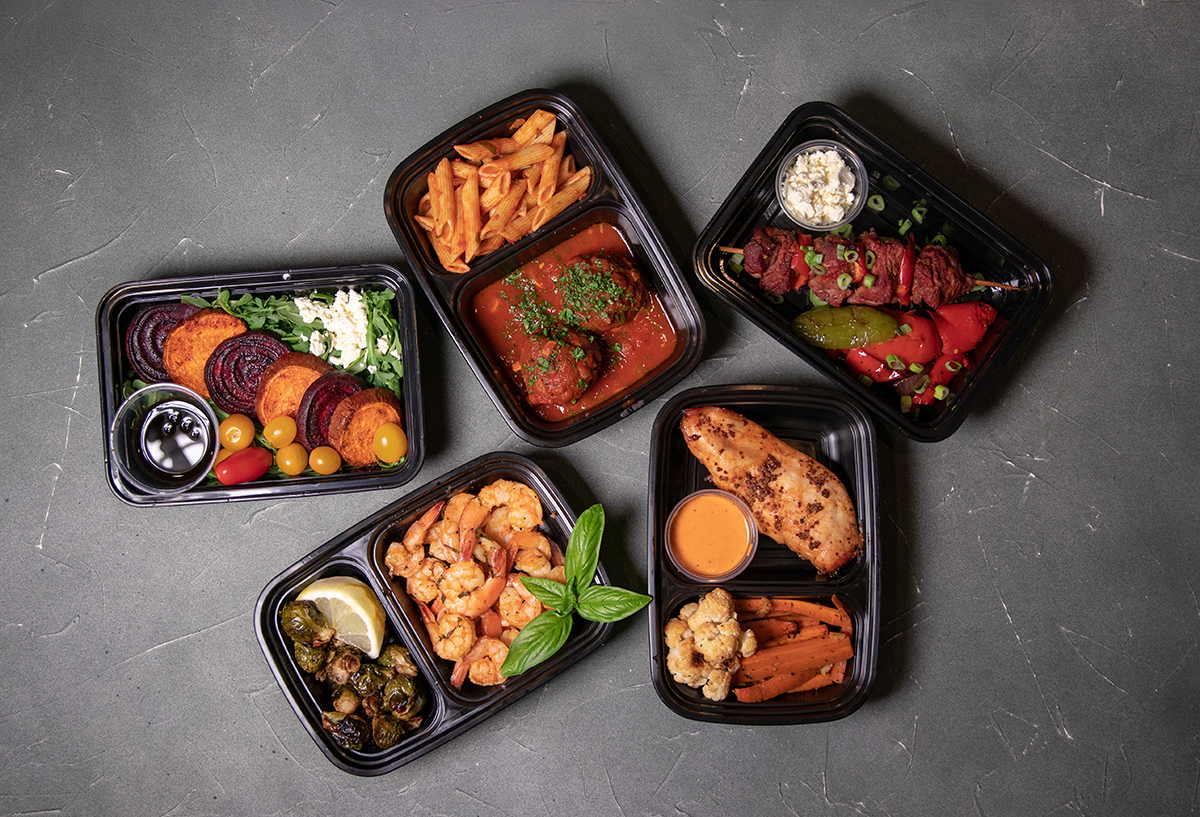
Microwaves in the food industry
Microwaves have a number of applications in food industry, including preservation, tempering, thawing, drying and pre treatments.
Go directly to:
Microwaves in the food industry | Current applications in the food industry | Pasteurisation and sterilisation | Tempering frozen food | Drying with microwaves
In 1945, Percy L. Spencer filed a patent application describing a device that could heat food using electromagnetic energy. This invention started a fundamental breakthrough in the heating and preparation of food.
Now, 75 years later, the technology is mainly used in the catering industry and in people’s homes.
In almost the same way that microwaves heat food quickly in the kitchen at home, the food industry uses microwaves for the rapid processing of foods before they are sent to the store.
Microwaves can be used alone or together with various pressures to inactivate bacteria and preserve quality and nutritional content.
Microwaves in the food industry
Microwave heating is also used in the food industry for things such as tempering frozen meat and fish and cooking bacon, as well as pasteurising packaged products.
In recent years, a process line has been developed in the USA for Microwave Assisted Thermal Sterilisation (MATS), both on a lab scale and in the full-scale food industry. The development project has been ongoing for several years under the management of Washington State University, in close collaboration with several of America’s largest food manufacturers.
The process has now been approved by the US authorities (FDA).
Industrial-scale microwave tunnels are relatively few compared to the production of approximately 70 million household microwave ovens each year. However, the market for industrial applications has increased annually by around 6% for a long period of time.
This has encouraged significant research and development in the field, and there are currently almost as many scientific articles being published on microwaves as there are on traditional pasteurisation and sterilisation with autoclaves, cooking tunnels and cooking chambers.
The production of the main components in microwave equipment, magnetrons and amplifiers, takes place primarily in China and a few other Asian countries, but complete lines are often assembled from imported components.
A typical development feature is that microwaves are more often combined with other technologies. Household microwave ovens were the first to have both grill and fan settings. Such combinations have also become common when drying foods with the help of microwaves.
Current applications in the food industry:
- Food preservation
- Pasteurisation
- Sterilisation
- Drying
- Tempering and thawing
- Combined with other technologies
- Pre treatment before hydrolysis, etc
- Vacuum drying
Pasteurisation and sterilisation
The use of microwaves is an effective method of applying heat through plastic packaging, which provides opportunities to develop pasteurisation and sterilisation processes with significantly faster volumetric heating.
As a result, a lower overall heat load is achieved compared to heating a product from the outside inwards. The heat developed by the treatment inactivates bacteria and enzymes.
Investigations have taken place as to whether the microwaves themselves kill bacteria, but any such effect is completely overshadowed by the effect of the heat.
Several different systems have been designed for pumpable foods such as juice and milk. Such systems are closed, and after being heated with microwaves, the liquid is pumped through a cooler before being filled into bottles or cartons in a closed chamber which has been sterilised.
The advantage is rapid heating without the beverage having to be in contact with a surface that is much warmer as in traditional systems. Such systems are usually delivered as complete lines.
Complete lines are also available for the pasteurisation or sterilisation of packaged products. There are a few chambers and autoclaves, but tunnels are the most common.
One of the challenges here is that pressure develops inside the packaging during heating. If the pressure becomes too high, the packaging bursts.
This is currently solved in several different ways:
- Overpressure tunnels with pressure locks where the products enter and leave the tunnel so that any bulging of the packaging is kept in check. A clear advantage is that the food cannot be reinfected after the heat treatment, but lock systems are expensive and it is not possible to find a pressure that is optimal both at the start of heating and after the product has cooled down. This is the only solution that works for sterilisation in microwave tunnels.
- Containers with a valve on the upper film that releases pressure during heat treatment and closes during cooling. A technically well-functioning solution, but the valve and the equipment needed to apply it involves costs. At the start of cooling process, there is also a certain risk of air being sucked in that contains spores of mould or yeast.
- Containers with a hole in the upper film so that the pressure is released during heating. When the cooling process starts, a patch is glued over the hole/s. The above solution carries a risk of reinfection before the hole/s is/are closed, and there may be challenges in achieving packaging that is completely sealed. At the same time, it is possible to create a modified atmosphere in the container before sealing takes place.
- One of the last strategies is to control the effect of the magnetrons so that the internal pressure in the packaging does not get too high. The downside is that the process takes longer.
Tempering frozen foods
Tempering is the most common use of industrial microwaves. The method is somewhat outcompeted by its close relative radio waves, but radio waves require contact between electrode and food.
Microwaves, on the other hand, can work in tunnels. When the food that is being tempered begins to thaw, microwave heating must be stopped because the thawed areas (corners and edges) will absorb almost all the microwaves and lead to overheating.
A typical example is fish blocks at -30 oC that are to be processed. The microwaves are used to rapidly increase the temperature to between -10 and -5 °C.
This is sufficient for the block to be cut or broken up for further thawing and processing.
Radio-frequency systems are available in both batch and continuous formats. Batch RF systems operate from 40 to 350 kg/hour whilst continuous RF systems can operate from 900 to 3000 kg/hour.
Pre-treatment with microwaves
The microwaves affect chemical bonds. As explained for pasteurisation, the effect is not so strong that bacteria become inactivated, but for products that are to be dissolved or converted by hydrolysis, for example, the microwaves can significantly shorten the processing time.
Drying with microwaves
Microwaves heat water which then evaporates during the drying process. It is beneficial, therefore, that the microwave energy is not used to heat anything other than what is to be removed.
As the water evaporates, less of the microwave energy is converted into heat and the effect is reduced. As long as there is water left in the product, the temperature will not rise higher than the boiling point of 100 oC.
Microwave drying can therefore take place in a very energy-efficient and gentle manner. Foods that have their water content reduced to very low levels can still overheat and even catch fire if the effect used is too strong.
Air drying should therefore be the final part of the drying process. If it is important for the product quality not to reach too high a temperature, the boiling point can be lowered using a vacuum.
The microwaves then work in the same way as mentioned earlier, but at lower temperatures.
